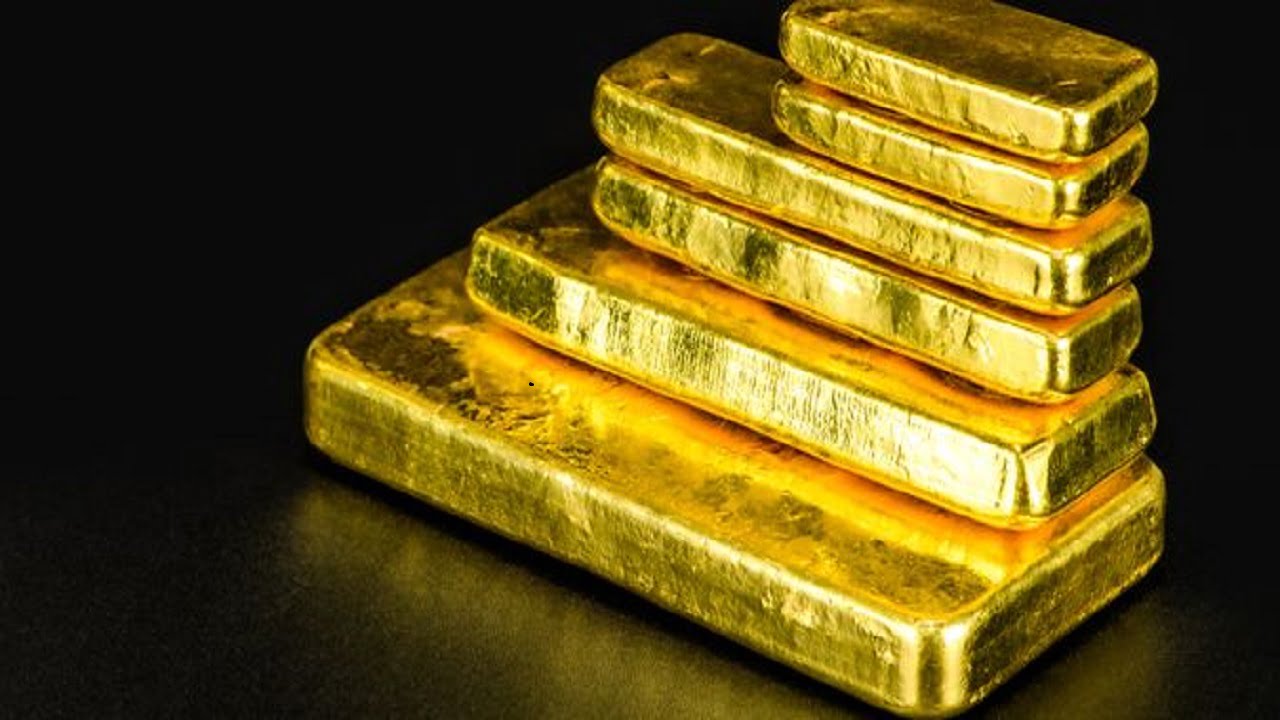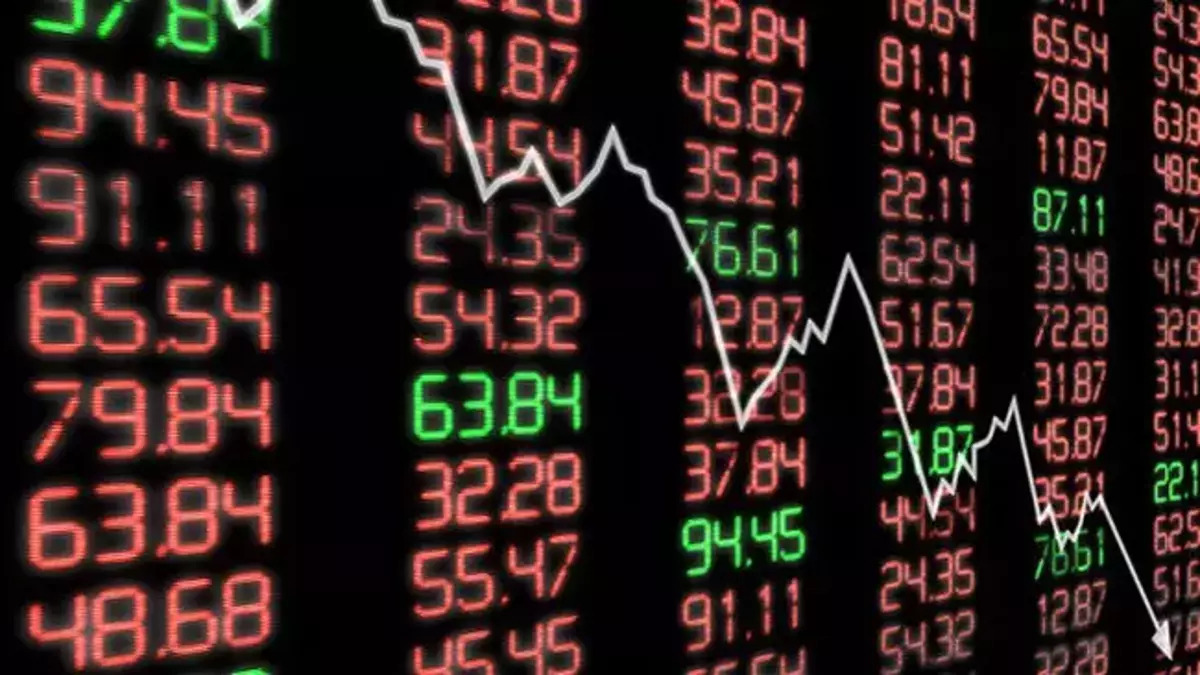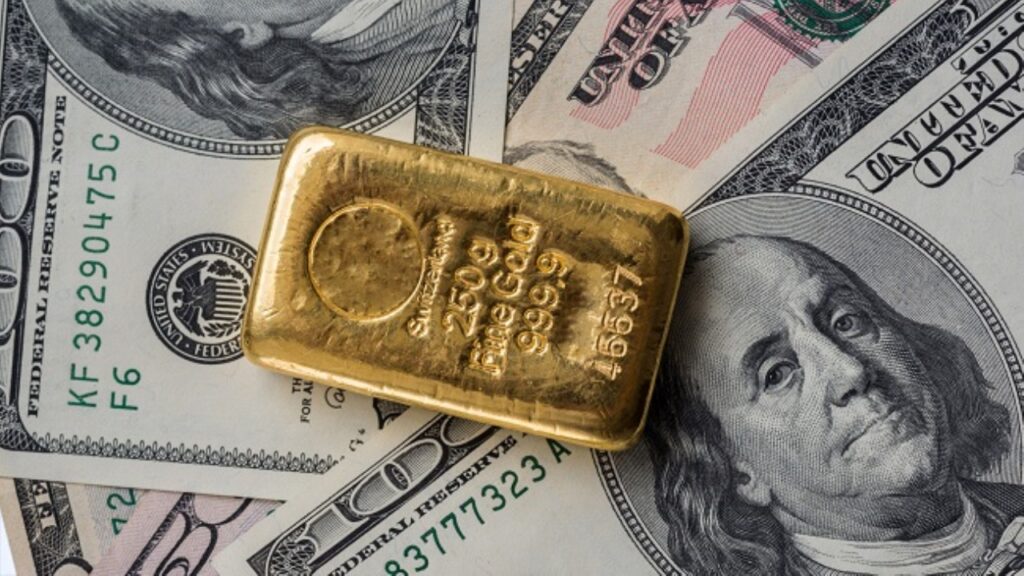A stronger US dollar and expectations of higher rate hikes from the Federal Reserve dampened demand for non-yielding bullion. Thus, gold prices are on their way down on a daily and weekly basis on Friday. Analysts interpret the market and share their forecasts.
What does it take for a recovery in gold prices?
Spot gold was down 0.47% at $1,658.41 at the time of writing. Also, the yellow metal price is down more than 1% so far this week. U.S. gold futures fell 0.83% to $1,663. Meanwhile, the US dollar gained 0.3% against its rivals. This made the bullion more expensive for offshore buyers. Ole Hansen, head of commodity strategy at Saxo Bank, comments:
What definitely weighed on the market was the higher-than-expected US CPI data yesterday. This initially triggered a rather surprisingly strong counter-reaction in both stocks and the dollar. In the near term, we should see a reversal, especially in yields. This, too, could potentially cause a reversal in the dollar to see a rebound in gold prices.
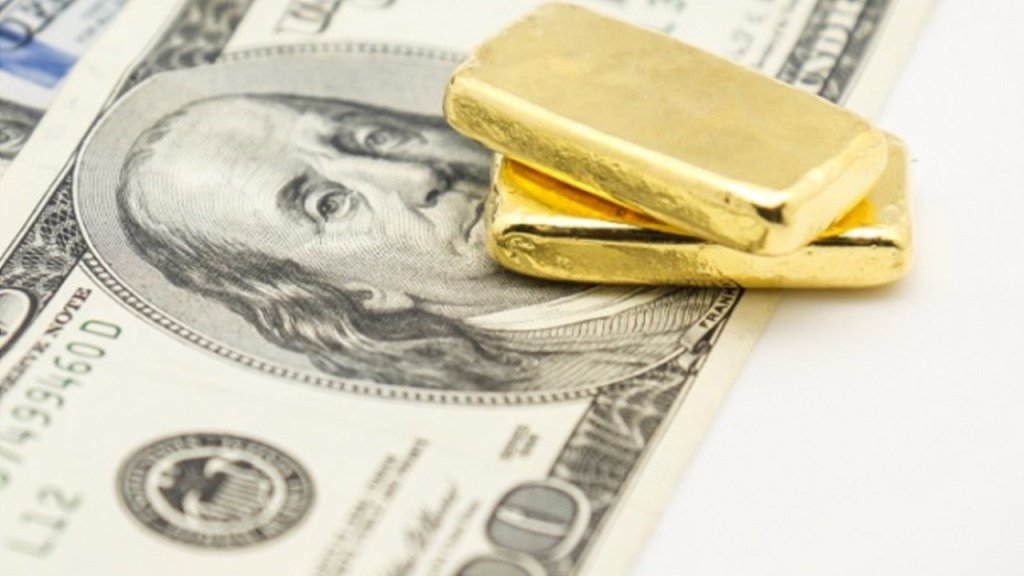
“The decline of gold is more in line with the data”
cryptocoin.com As you follow, data released on Thursday showed that US consumer prices rose more than expected in September. This provided the Fed ammunition for another big rate hike. Craig Erlam, senior market analyst at OANDA, explains:
A rebound of this magnitude after the inflation report was odd to say the least. Gold’s falling again today is more in line with what we’ve learned from the data. However, even then it may take a few days for the markets to find their footing.
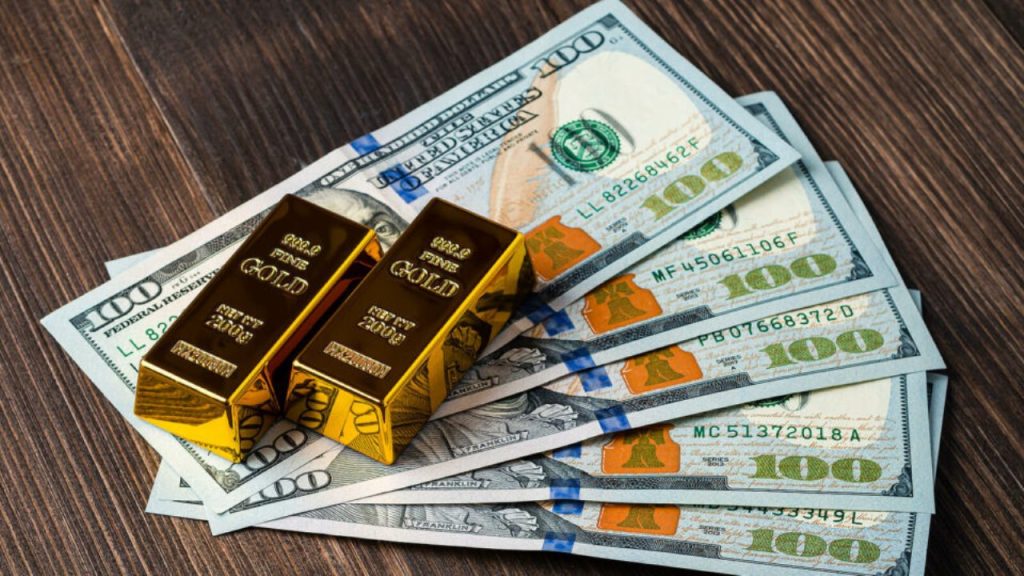
“Gold has a chance to go higher than lower”
Stephen Innes, managing partner of SPI Asset Management, comments on the latest developments in the market as follows:
Gold is stuck between seeing a pivot anytime soon. But there is a light at the end of the tunnel in the sense that the Fed can stop here. In the medium term, gold has a chance to go higher than lower. We will see negative results in global economies. It is possible that this will turn the scales in favor of interest rate cuts.
“Gold price will decline to $1,600 by the end of the year”
The higher-than-expected US CPI data provided the reason for the fourth consecutive 75 bps rate hike at the Fed’s November 1-2 meeting. So this also pulled the gold down for the session. The yellow metal is traditionally regarded as a hedge against inflation and economic turmoil. However, interest rate hikes to control rising prices have diminished bullion’s appeal as it does not yield interest.
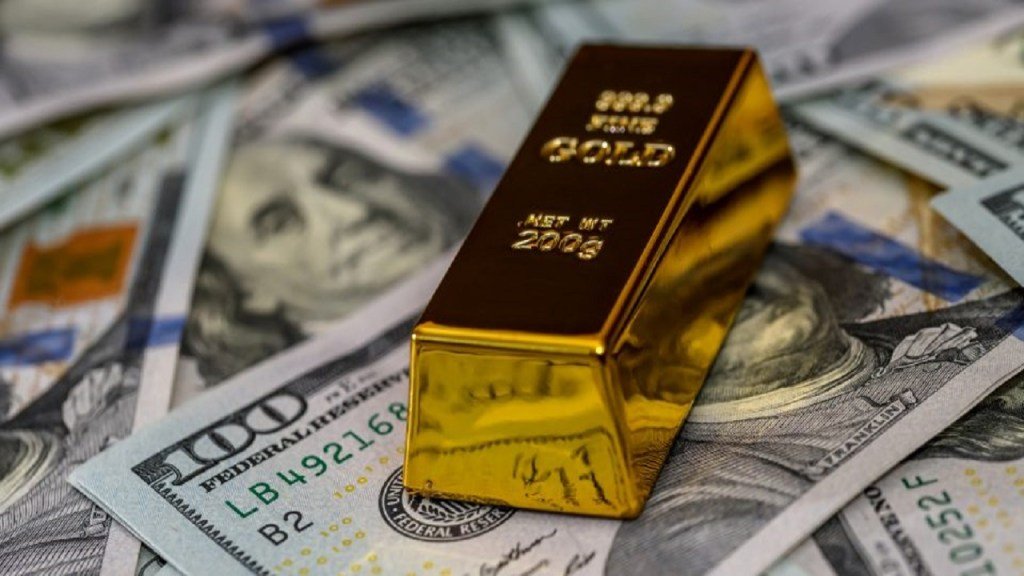
ANZ analysts predict that gold prices will fall to $1,600 by the end of the year as monetary policy is tightened aggressively and the dollar strengthens.
“Hot inflation data continues to damage gold”
GoldSeek chief Peter Spina comments after the US CPI data:
The price of gold fell after the hot consumer inflation data, which revealed the possibility of a full point increase in interest rates at the FOMC’s next meeting in November. As yields increase due to hot inflation data, it continues to hurt gold.
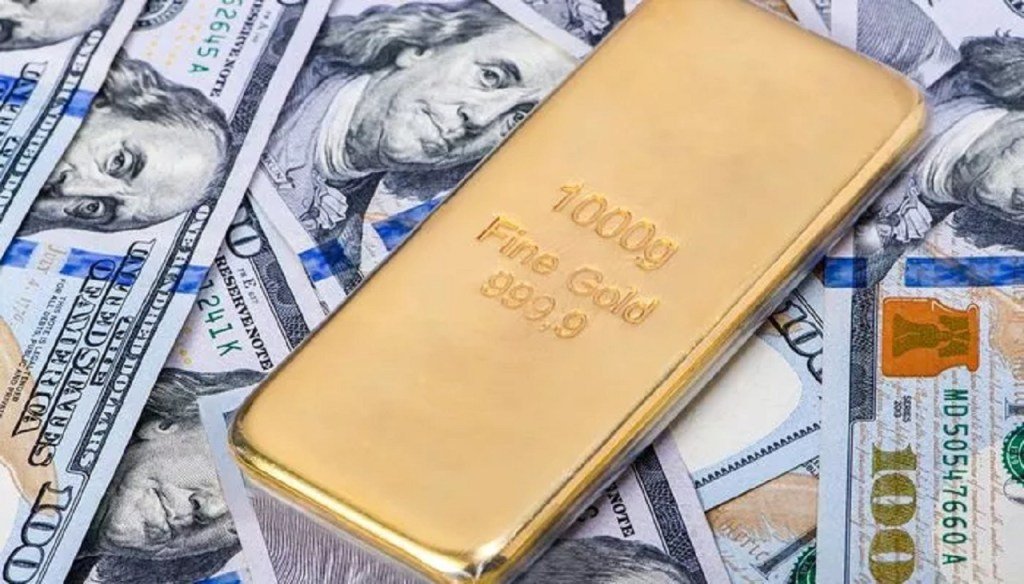
How long can the Fed continue its hawkishness?
However, gold remains well supported in pullbacks, according to Spina. Spina notes that despite 10-year yields hitting highs of over 4%, gold remains above previous lows of around $1,600. The GoldSeek president explains his views as follows:
Interest rates are likely to continue to rise. However, we all know that the Fed cannot afford to raise rates aggressively for too long without creating a dangerous problem among the debt piles. The system cannot afford significantly higher interest rates without triggering a deflationary situation. This is a difficult situation for the Fed and central banks. They will have to turn. But the question is when. Not close. I expect at most two to three more meetings before I get to this point where gold will start to rise.
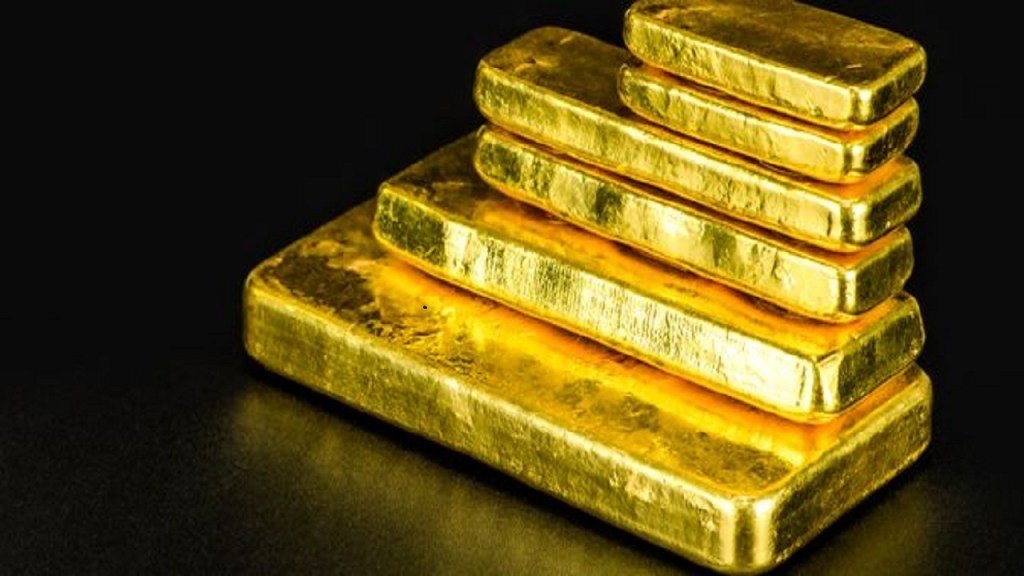
For now, Spina says, traders will watch to see how gold will react in the coming days. He also notes that buyers will step in as sellers continue to run out. Spina believes that the shorting speculators will not be able to push the price to new lows.
“The latest gold price movements are related to these”
Tom Hainlin, global investment strategist at US Bank Wealth Management, shares his views:
Recent gold price movements continue to be highly correlated with inflation expectations, not current inflation levels. Negative investor headwinds are also doing more than offsetting central banks’ net gold purchases and any geopolitical risk premium.




